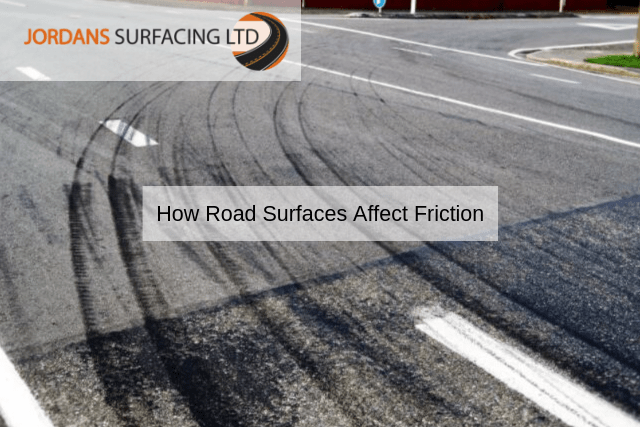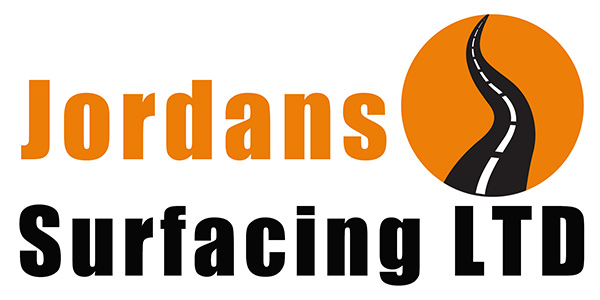
This is also why engineers and paving specialists place a great deal of thought into the concept of road surfacing. So, the ultimate question, therefore, involves what types of materials provide the highest level of friction. Let us break this subject down into a number of sections.
The Principle Behind Friction
Roads will often be defined by their levels of “slipperiness”. This directly relates to what is known as a friction coefficient. Simply stated, surfaces which are rougher tend to provide more gripping power when wheels are placed upon them.
In the same respect, surfaces that are smooth and slick obviously pose a higher risk of a vehicle losing traction at critical moments (such as when approaching an intersection). This is why engineers pay especially close attention to the types of surfaces which are applied.
How to Increase Levels of Friction
Roads will eventually lose their gripping power over time. This is the result of factors such as the elements, wear and tear, ploughing, or other mechanical issues. Therefore, technicians will monitor all surfaces for any signals that their integrity may have been compromised.
Simple actions such as a pothole repair or more complicated measures including adding a top layer of aggregate to an entire road may be employed. The ultimate goal is to reduce the chances that an accident will occur.
Interestingly enough, the principles outlined above are just as important for domestic concerns such as pavements, walking paths and driveways. This is why these areas will often need to be resurfaced from time to time. Without friction, may accidents and injuries would otherwise result.
If you are curious to learn more about this topic or should you require further assistance, please contact Jordan’s Surfacing at a convenient time.
